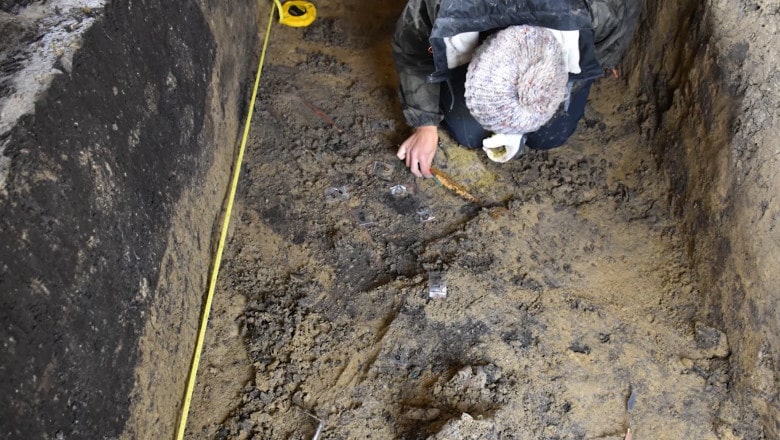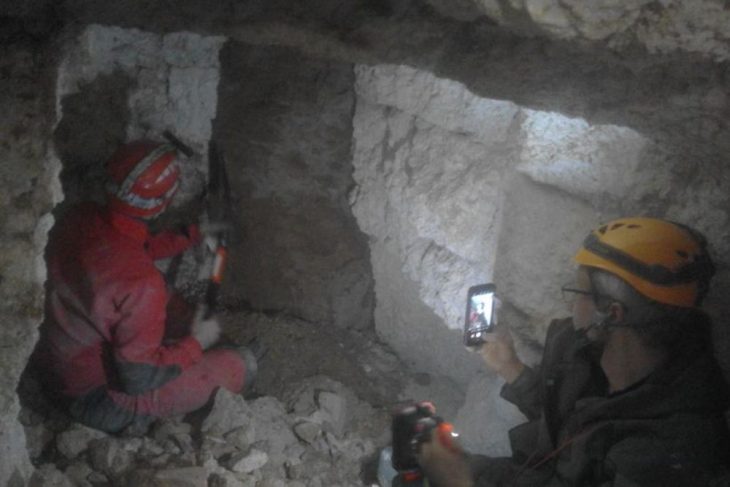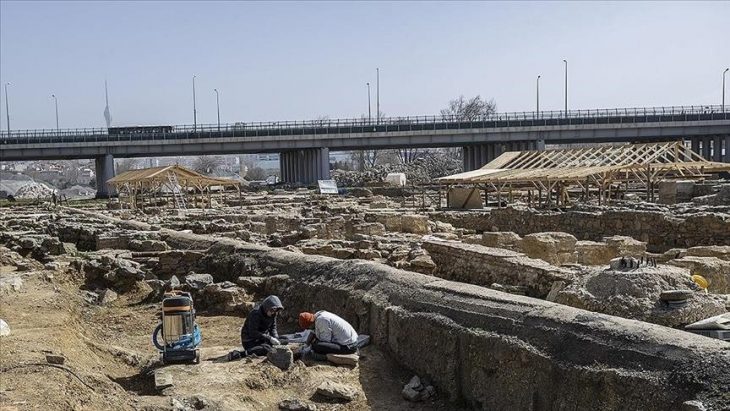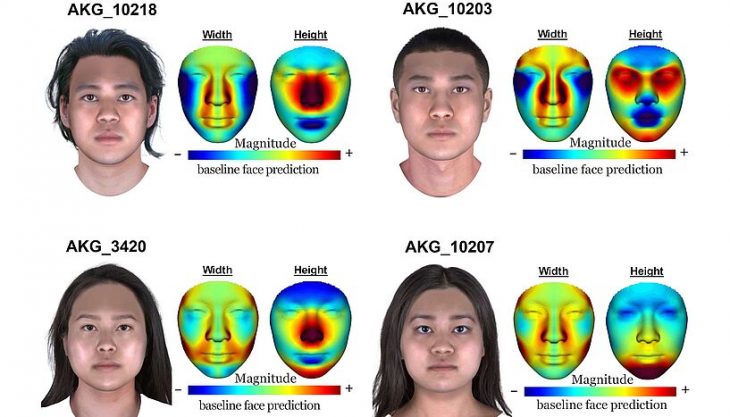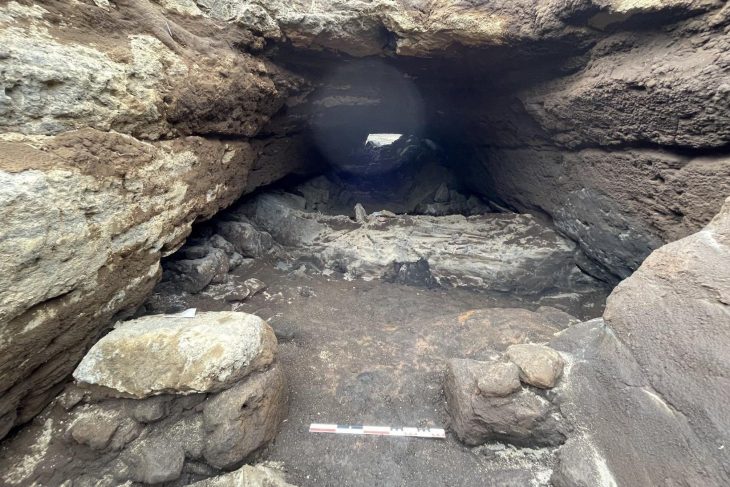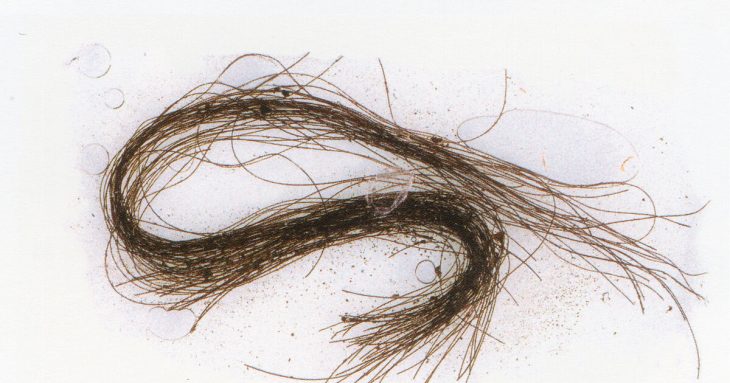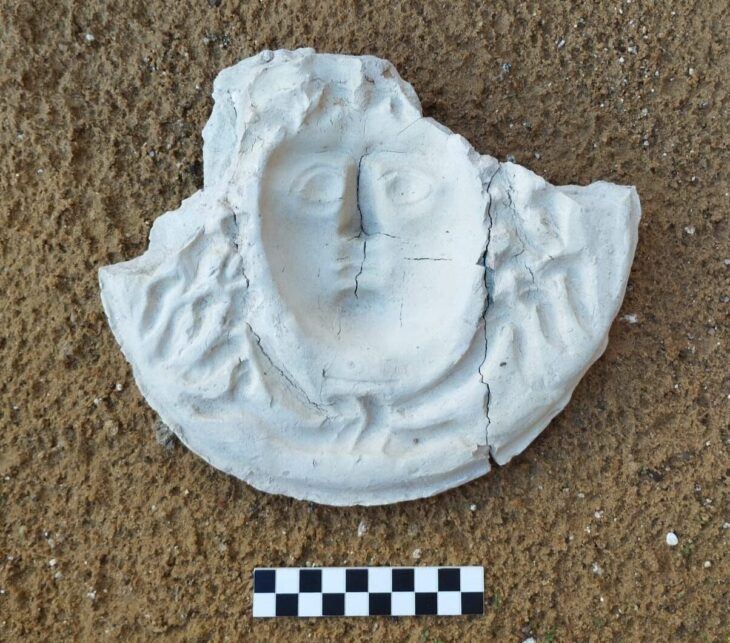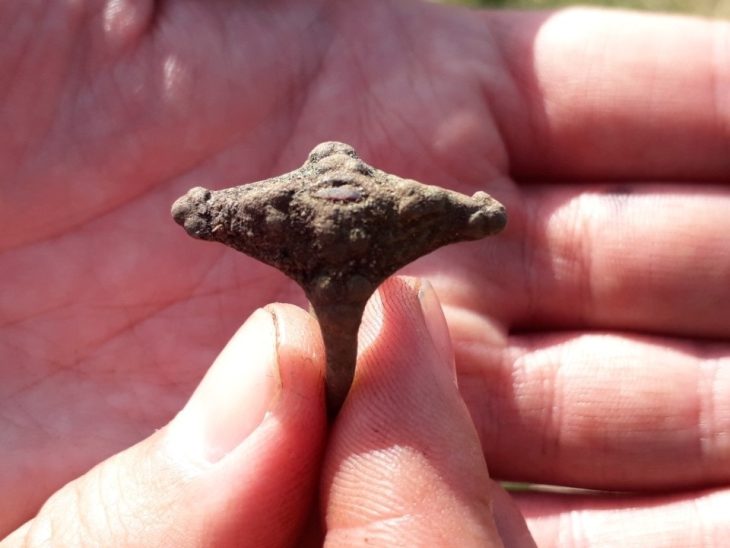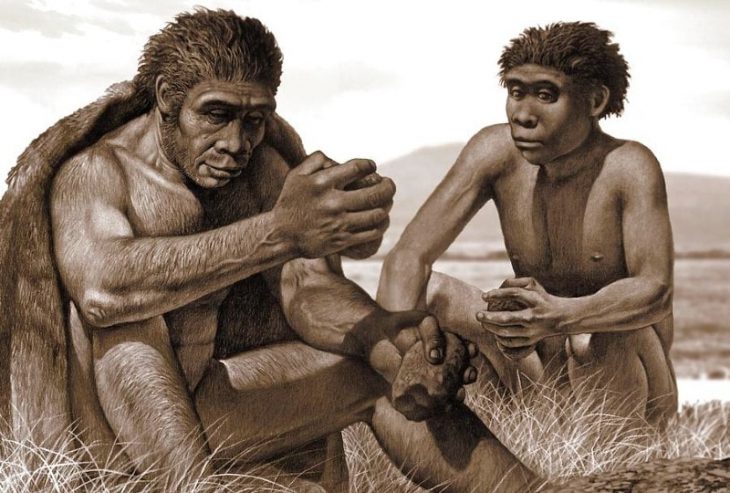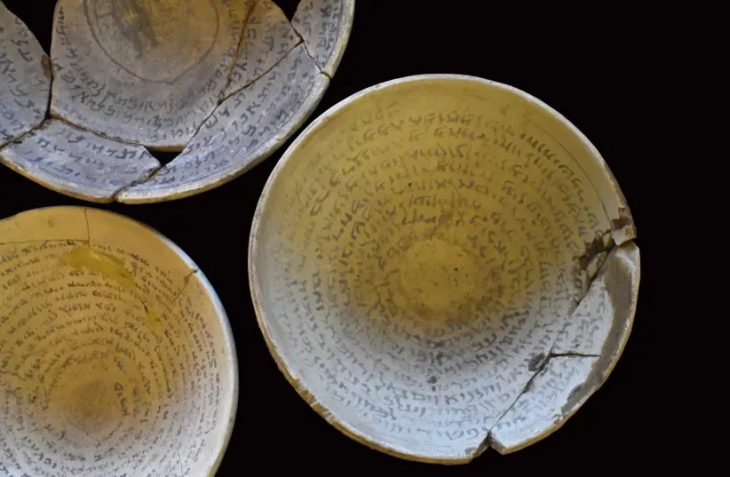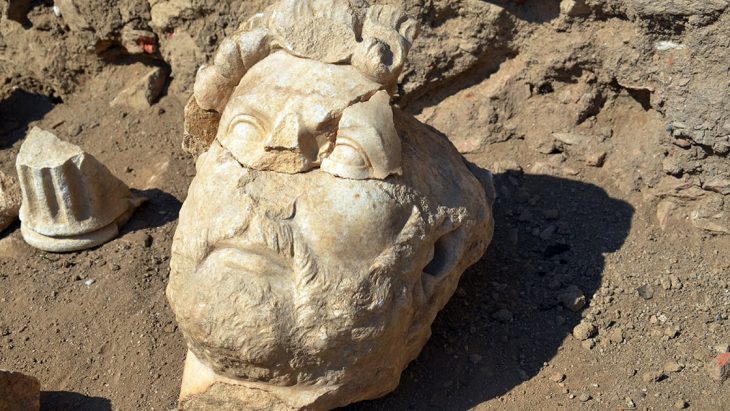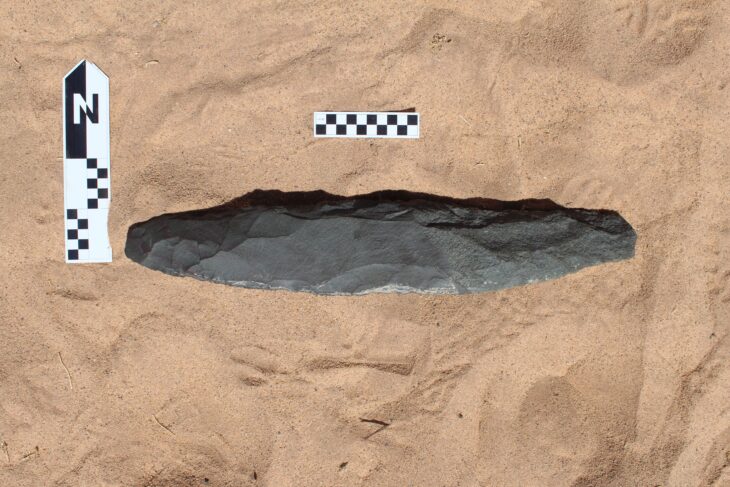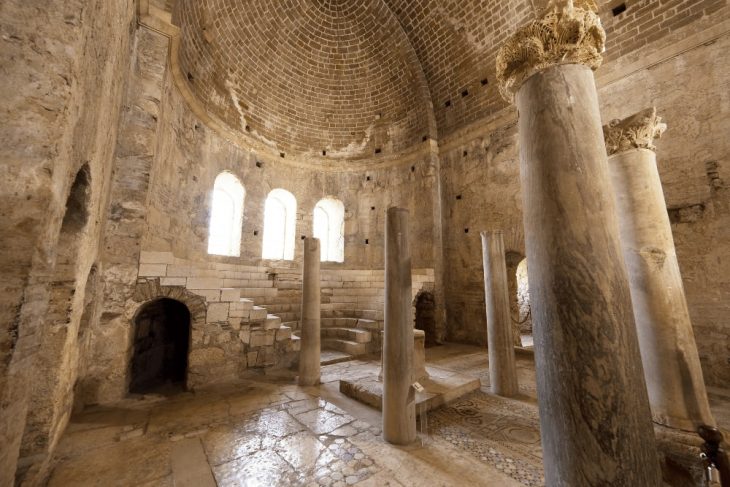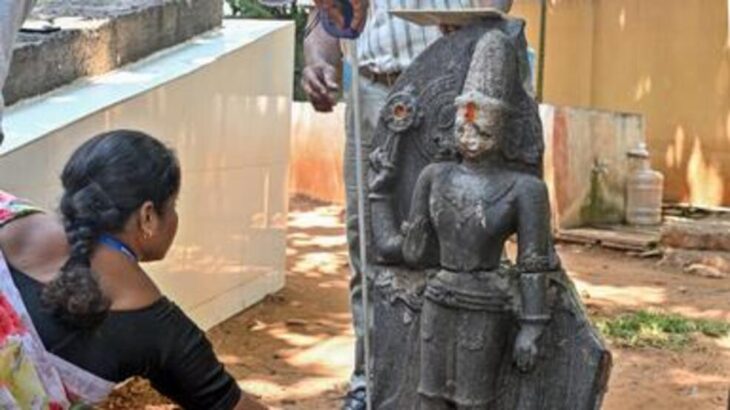An impressive archaeological discovery took place on the Ploiești-Buzău section of the Moldova Highway. The excavations uncovered a princely tomb, most likely belonging to a warrior from the migration period.
The discovery of the warrior princely tomb, which contains various weapons and ornaments, some of which are made of gold, was announced by the national highway company CNAIR.
During the feasibility study for the A7 highway, four archaeological sites were discovered on the Ploiești-Buzău lot. Because not all expropriations had taken place at the time, archaeological research continued after the work began, when four other sites were identified.
In the case of the infrastructure project of the A7 Ploiești-Buzău motorway, archaeologists were limited in their investigations because some portions of the route were not expropriated, which led to the impossibility of accessing the entire land, CNAIR explained.
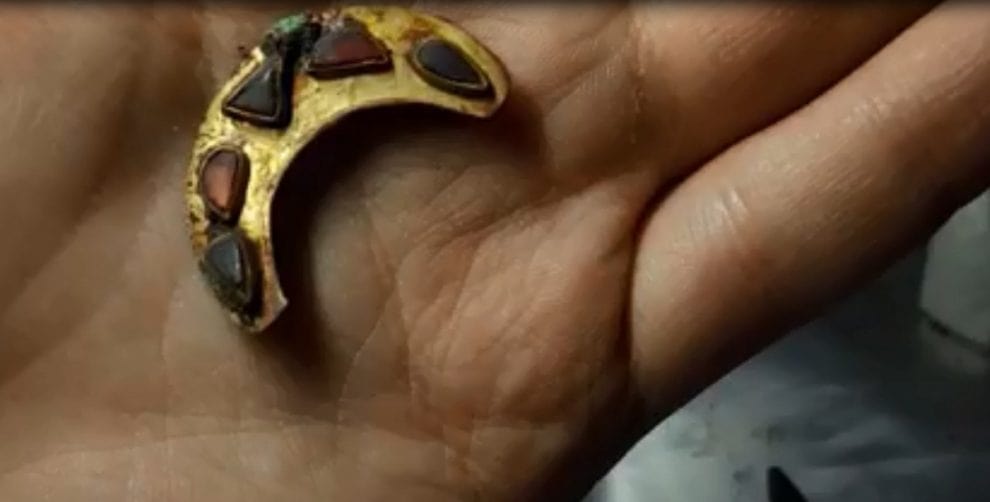
“Even in this situation, on lot 1 of the mentioned project, on approximately 14 of the 21 km, the intrusive archaeological diagnosis could be carried out during the feasibility study phase, and four archaeological sites were identified,” the company said, adding that, later on, four other sites were found. Archaeological research at one of these sites led to the discovery of the princely tomb.
📣 Our WhatsApp channel is now LIVE! Stay up-to-date with the latest news and updates, just click here to follow us on WhatsApp and never miss a thing!!
The archaeological research is carried out by specialists from the “Vasile Pârvan” Institute of Archeology in Bucharest who tried, in extremely difficult conditions from the point of view of the weather, to collect all the information that this type of discovery provides.
Experts consider this warrior tomb dating back 4 or 5 AD centuries to be an outstanding archaeological discovery.
The tomb amazes with its varied and rich inventory, from elaborately crafted and decorated weapons to gold ornaments for both the deceased and the horse in which he was buried.
In the tomb was also discovered the horse next to which the warrior was buried, weapons, but also ornaments. It is, in total, more than 120 pieces, most of them in gold, inlaid with precious stones.
After the archaeological research, the works will be presented to the public in a special exhibition.
Cover Photo: CNAIR video shooting / Facebook

